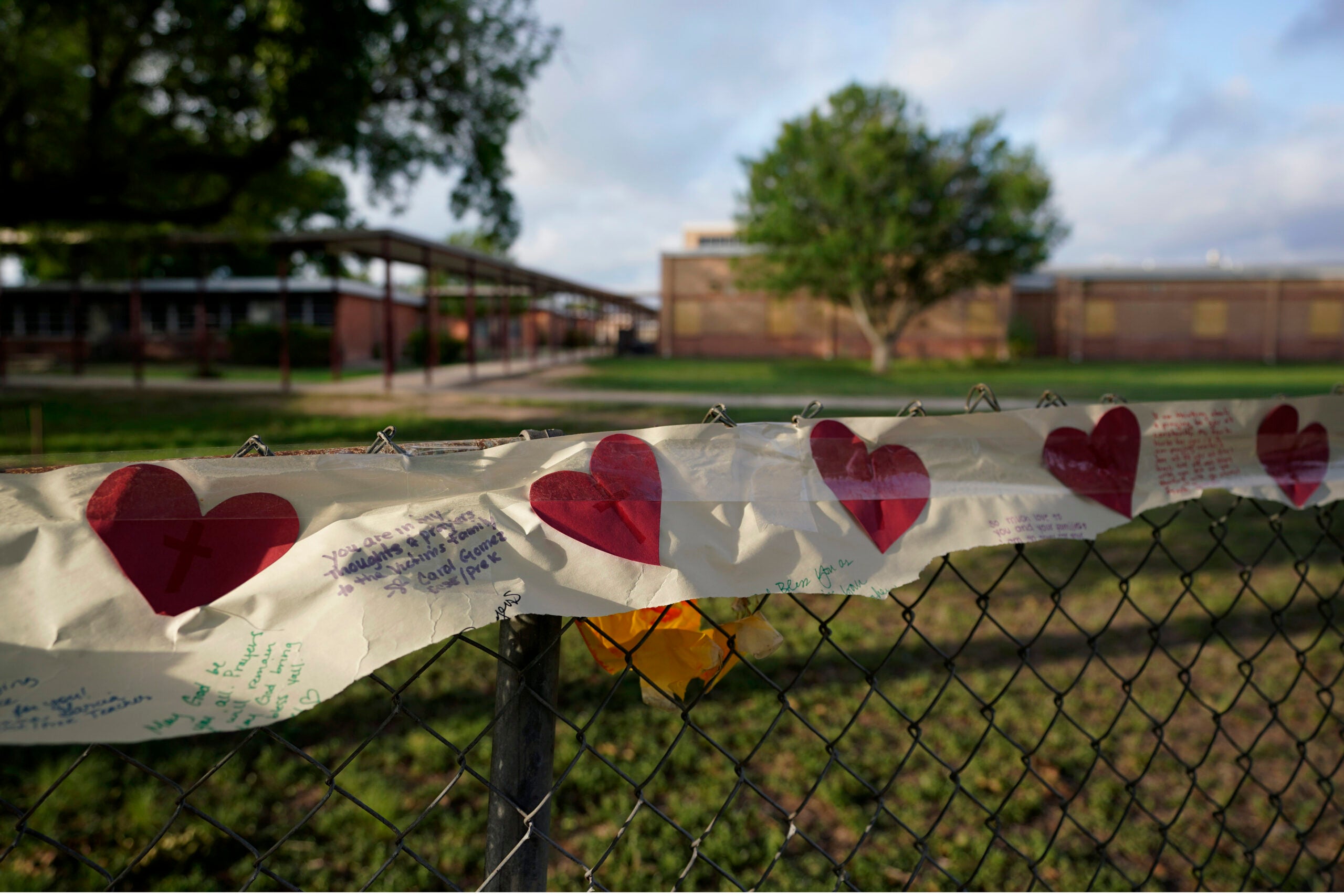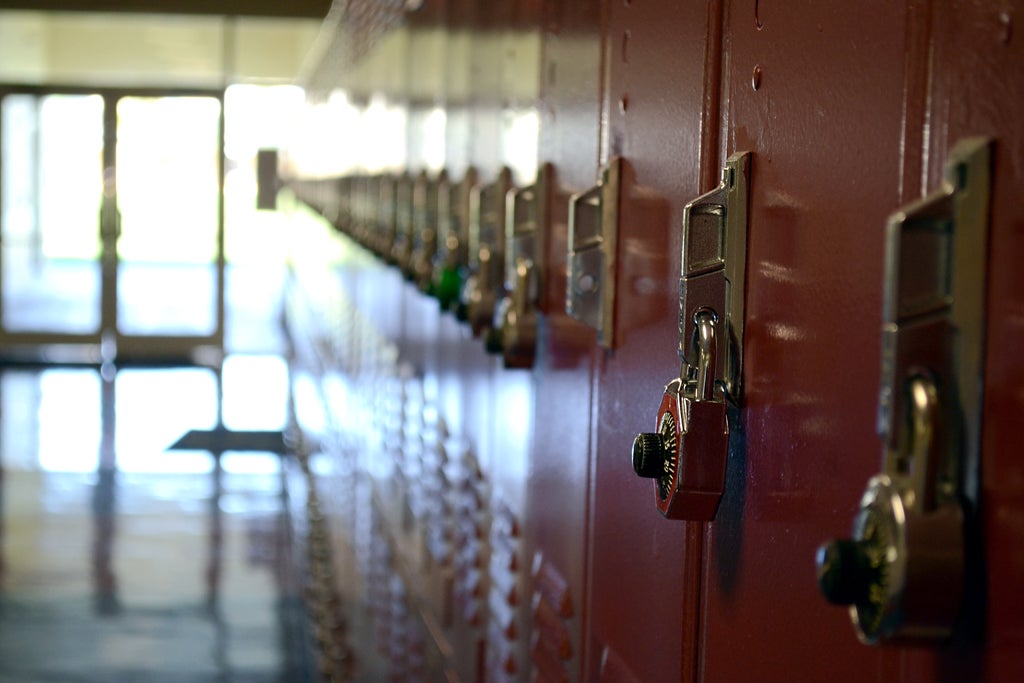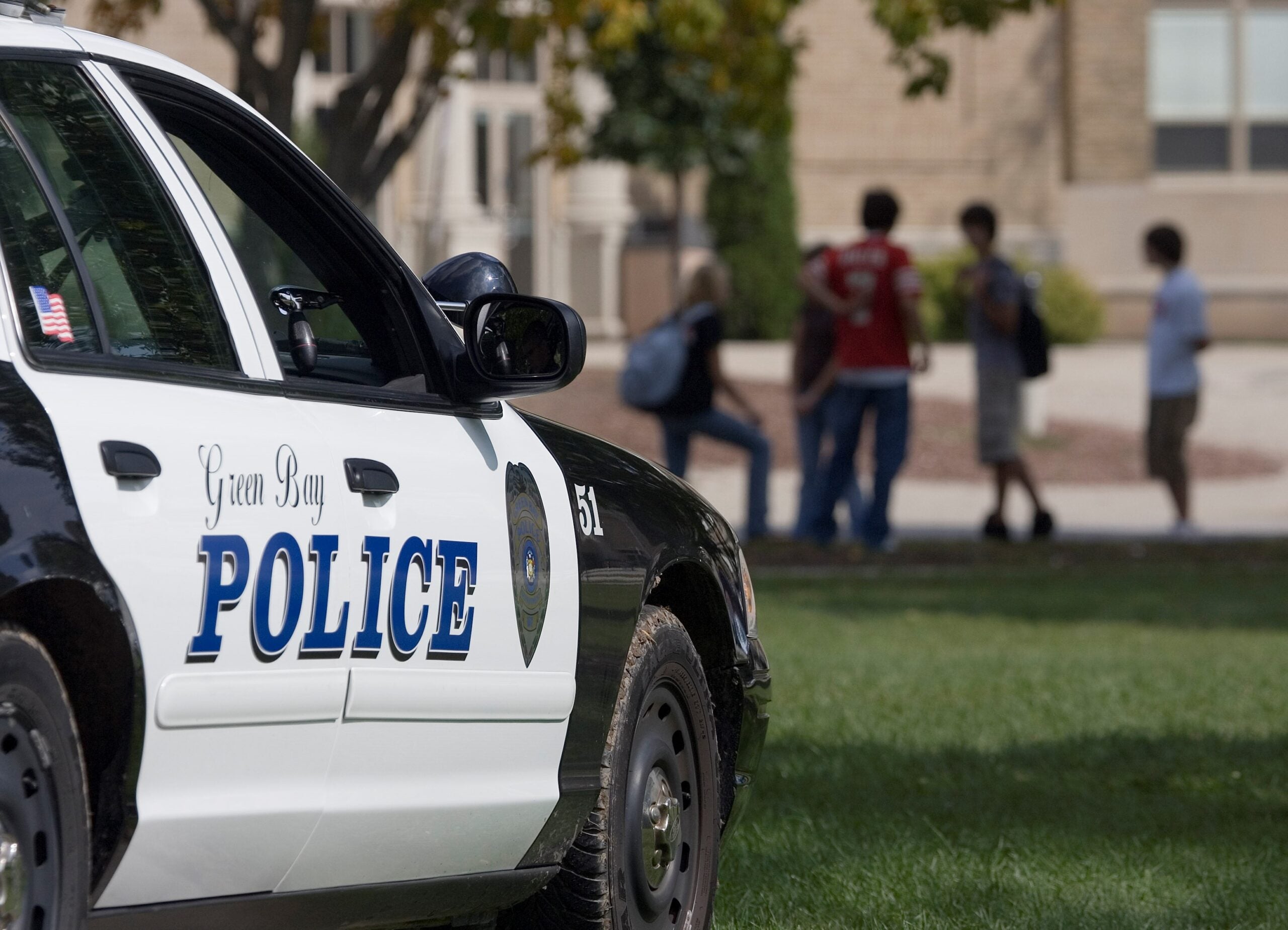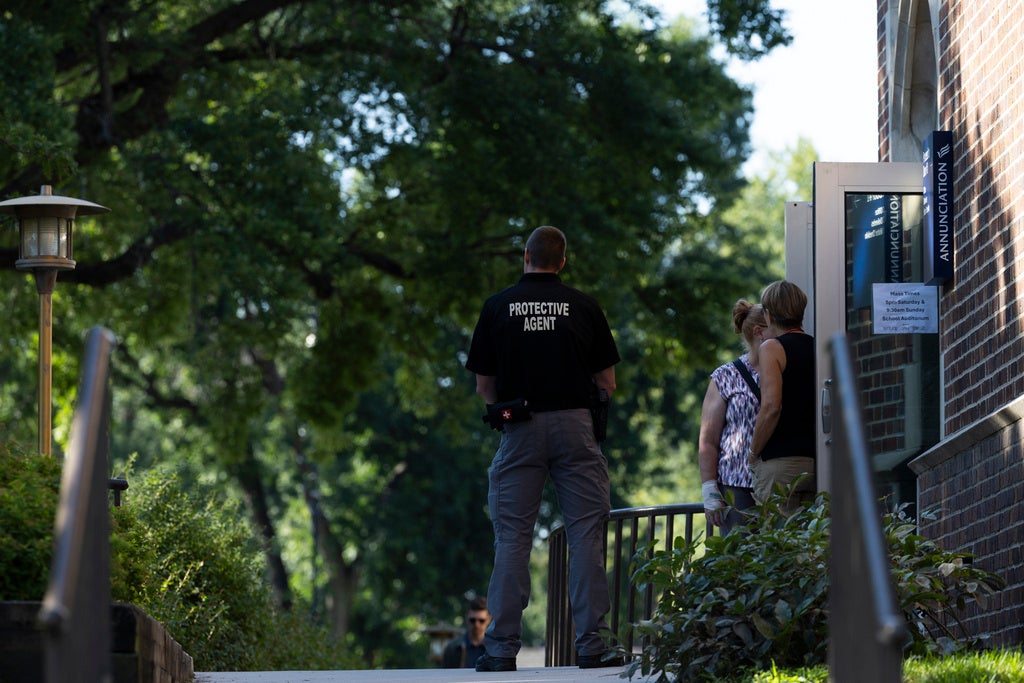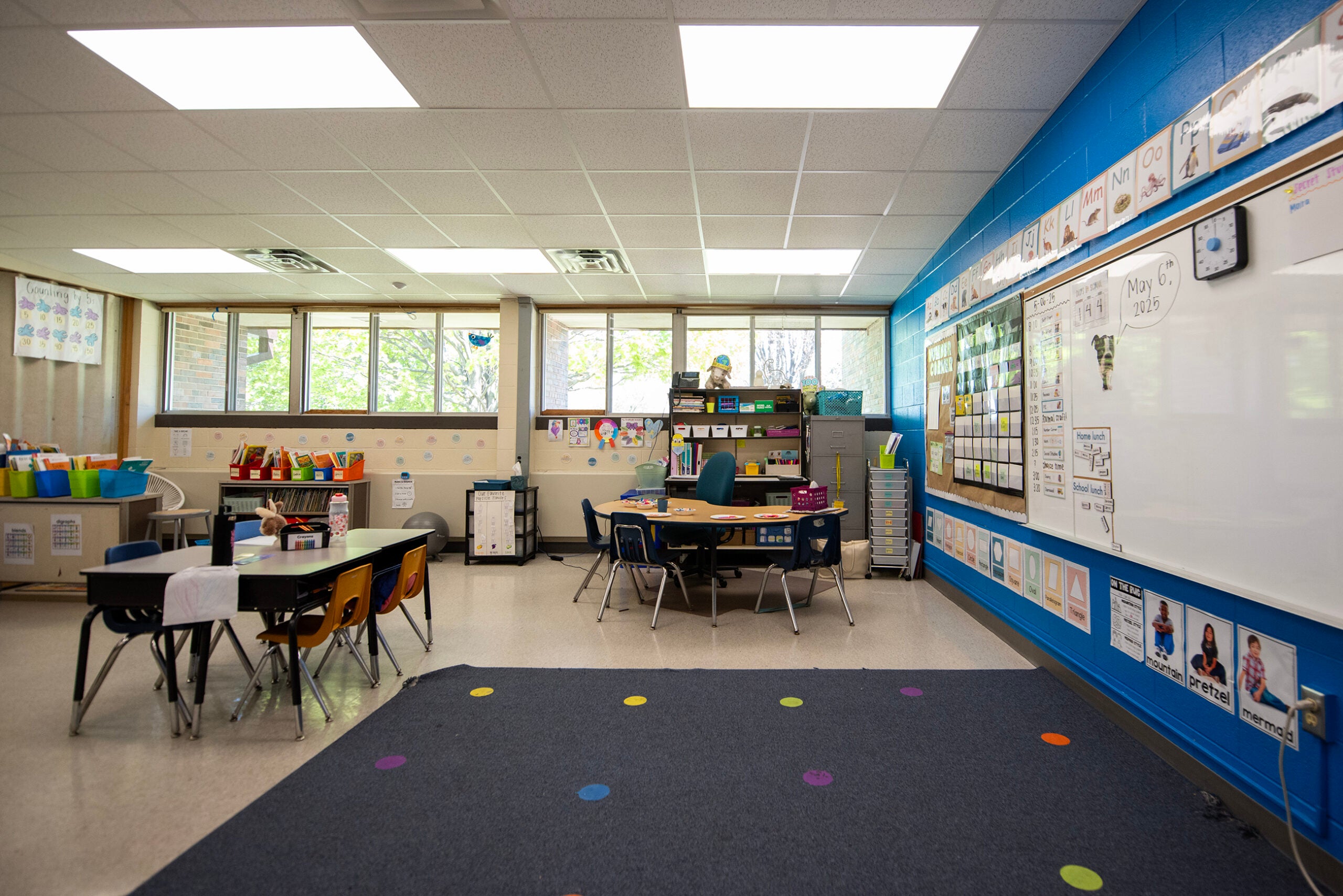Wisconsin’s Speak Up, Speak Out hotline for reporting potential dangers to schools has seen an uptick in calls in the wake of the Uvalde shooting, the state’s Office of School Safety‘s executive director told Wisconsin Public Radio’s “The Morning Show.”
“When a school violent event happens like what happened in Texas, we do see an increase in needs for schools, for community members,” Trish Kilpin said Monday. “Maybe they’ve been concerned that an individual could pose violence, but they haven’t reported that to anyone — and they change their mind and they see that it’s important.”
The 24-hour hotline accepts tips anonymously about potential threats to school safety. The hotline, run by the state Department of Justice, began in 2020. Since then, it has received more than 3,600 tips, most of them about students needing emotional support, Kilpin said.
News with a little more humanity
WPR’s “Wisconsin Today” newsletter keeps you connected to the state you love without feeling overwhelmed. No paywall. No agenda. No corporate filter.
Schools around the country often see more threats in the wake of nationally covered school shootings like the one in Texas, according to school safety experts.
A middle school student in Slinger yelled that he had a gun in a hallway shortly after the Uvalde shooting last month, prompting the school to go into lockdown until it was determined there was no weapon. A middle school student in Superior is facing a felony charge of making terrorist threats after showing a classmate a list of students he intended to harm — a threat that was reported through the state hotline. The Superior school board is expected to discuss the incident at its Monday night meeting.
“We know that when violent acts occur, that they typically occur after many signs of concern,” Kilpin said. “The tips that come to us telling us that a student is thinking about suicide, that a student is struggling with depression, that they’re experiencing child abuse, all of those are points where we can get people the information they need — meaning schools, law enforcement, families — so that kids get the help they need and deserve, and we get kids off that pathway to violence.”
The Uvalde shooting that left 21 people dead also brought conversations about active shooter drills to the forefront. Research has repeatedly shown active shooter drills can be traumatizing for children, especially in combination with news about real tragedies in other schools.
During the virtual learning period of the COVID-19 pandemic, schools found different ways to run through their mandatory safety drills that didn’t involve simulating exactly what students would go through in the event of an actual fire or active shooter, since they couldn’t walk through the school procedures while learning from home. When they returned to school buildings, some schools held on to those procedures in the hopes of preparing students without overly upsetting them.
“We know that practicing so people know what to do in an event is critically important,” Kilpin said. “We also know that people can learn what they need to learn about how to anticipate keeping themselves safe from things that aren’t actual what people think of as drills.”
Instead, Kilpin said, schools might have conversations with students, or do “tabletop exercises” where they look at a diagram or a model to see what they should do without physically going through the motions.
“We need to make sure that our drills and practices for these types of events do no harm to kids, that we like to promote an approach that we call ‘no drama, no trauma,’” she said. “But we also need to ensure that we’re engaging in school safety work that’s comprehensive — we know that not one intervention is going to be sufficient, so we need to make sure that we’re promoting both physical and psychological safety, that we’re simultaneously working on prevention, protection … mitigation, and then our recovery and response.”
Wisconsin Public Radio, © Copyright 2025, Board of Regents of the University of Wisconsin System and Wisconsin Educational Communications Board.

